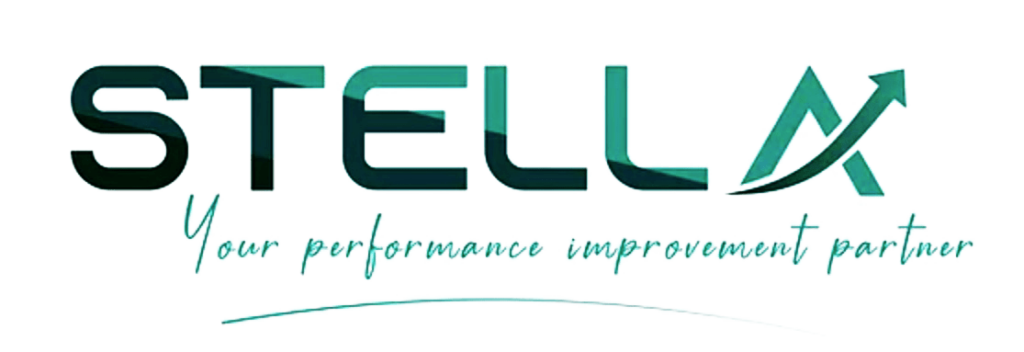The Stress Curve
There is both healthy (good) and unhealthy (bad) stress. We need a level of stress in our lives to ensure we get things done. One way of thinking about this is replacing the word stress with pressure. There is healthy, positive pressure in life.
Good stress is referred to in psychology as Eustress [/yo͞uˈstres/] and bad or unhealthy stress as Distress.

As you look at the stress curve it reads from left to right on the continuum, which is from boredom to breakdown and burnout. The x axis is divided into three levels of stress specifically, Calm, Eustress and Distress.
When we are working to our optimum and taking care of our own health and well-being, we are working on the left-hand side of the curve, ideally forward to the middle of the curve. That means we are alternating between states of calm, energized, focused, coherent and even allowing ourselves from time to time to experience boredom.
When we are working in the center of that distribution curve we are working to our optimum. We are at our most productive and this is where we perform to our best. World renowned Professor of Psychology, Mihaly Cskizentmihaly [pronounced Mee-High Cheek-Sent-Me-High] has termed this as being “In the Flow”.
Have you ever had a time when you were in an activity of some kind and before you knew it 2-3 hours had passed without even thinking about it? This is an example of being in the flow, working to our optimum or eustress.

Unfortunately, we now live in what has been termed by the World Health Organization as a “Stress Epidemic”. It is becoming a public health crisis.
For many of us, we now spend the vast majority of our time to the right of center. Because of the business of life and the technology driven world we live in we quickly tip into “distress”.
This may not be such a bad thing if it was only very occasionally, and we quickly rebounded back in to calm or eustress. For most people this is not the case. Once they tip over into distress it becomes a slippery slope downward into chronic stress.
Feeling fatigued can be an early clue that you have tipped into unhealthy levels of stress. Often though when we notice ourselves fatiguing we “keep on going”. We don’t stop, we continue to push ourselves and this fatigue soon manifests into exhaustion.
The curve downward gets steeper from here. We keep going even when we are feeling exhausted, or we don’t allow enough recovery time and then things only get worse. Some of the more common sayings are things such as “push on through”, “keep on trucking”, “when the going gets tough, the tough get going”, “toughen up”, “go big, or go home”. Sound familiar?
Eventually we start to see the effects of stress manifest themselves through physical and mental health issues and eventually this leads to breakdown and burnout.

Contact Mal and Craig to help build your resiliency and manage stress, giving you the capacity to recover quicker and stronger from challenge and adversity: [email protected] or 617-7749513



